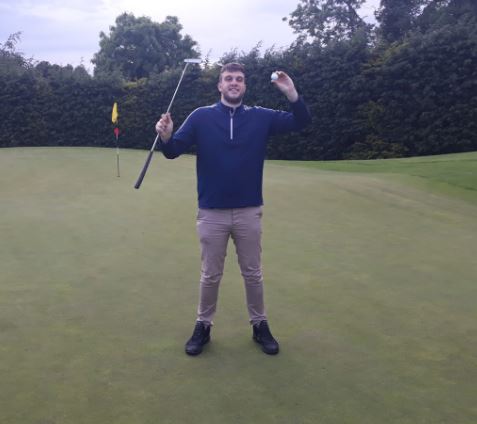How Do Optical Golf Rangefinders Work? A Complete Guide
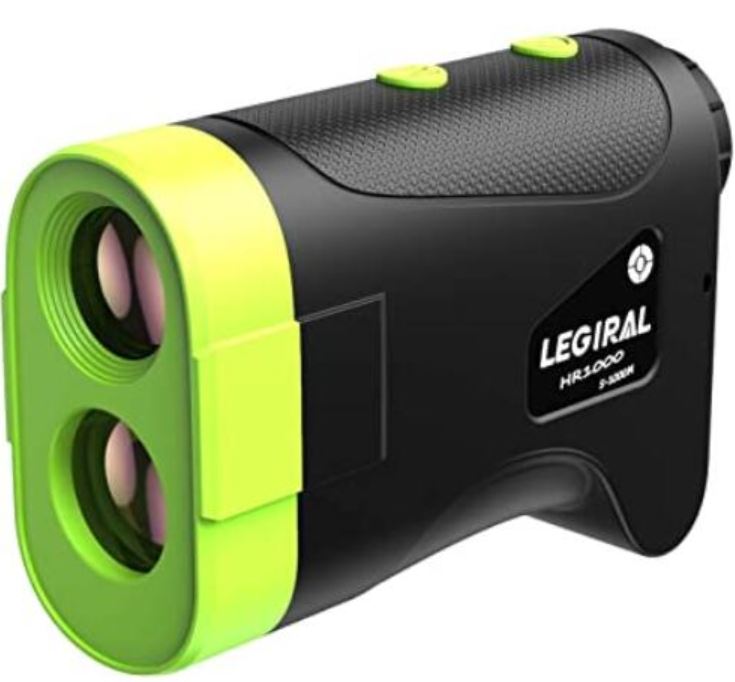
As beginners in golf, we often just judge the distances by eye and don’t really know how far we are hitting each club. As we start to improve at our game, stats like how far we are hitting each club and how far we are away from the green start to become a lot more important when we want to improve our score and become better overall players. This is where devices like rangefinders, GPS device and GPS watches come into play.
There are three types of rangefinders we can pick for golf and they are Optical, Laser and GPS. Optical Rangefinders have been around for the longest and you don’t have to rely on an internet connection, satellites or batteries to operate them, making them the most dependable. Optical rangefinders have been around since the 19th century and can be relied on to give accurate readings. It is a monocular, meaning there is one eyepiece to look through, with two lenses at either end. These lenses are isolated by a know separation. It works on the principal of parallax which will convert a height into a distance when the image of the two lenses are superimposed onto each other and the triangle that forms is cantered perfectly on the target, IE the flag stick. By focusing the two lenses on the height of the flag stick, it will use triangulation to zero in and give you an accurate distance.
Say That Again
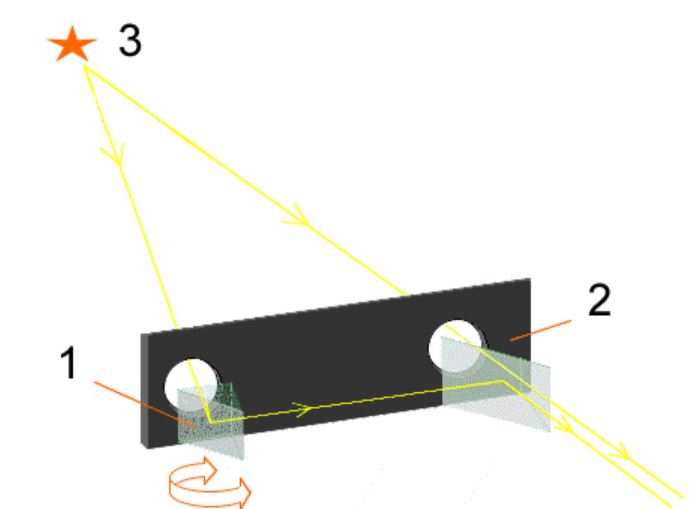
In more basic language, an optical rangefinder has two lenses, one points straight ahead and one points 90 degrees to the right. By focusing the lenses together and a triangle forms and we are able to get the distance where this triangle is focusing by using triangulation. By locking the triangle exactly onto the flag stick, it converts the height of the triangle into a distance and lets you know how far you are away from the pin.
Triangulation?
Optical Rangefinders use triangulation to give you an accurate distance. The back lens points straight and the front lens points to the left or right by 90 degree. Once we get both lenses to focus on the same target, the pin, it uses basic trigonometry to read the distance to the flag. The scale on the device is where you will read off the result.
Check it out a more detailed explanation here:
As we can see, these devices were originally used for wartime efforts and allowed the army to calculate exactly how far away their enemies were to aim there fire correctly. The technology only became outdated with electronic and GPS technology came to the fore.
How Accurate Are Optical Rangefinders?
Optical rangefinders can be quite accurate especially from shorter distances as the triangulation is focus more extensively on the flag with no extra space around the sides of the flag to cause an accurate reading. The further away you get the more the accuracy suffers but it should still be a quite accurate reading and enough to select what club you want to hit.
Overall, Optical Rangefinders are the least accurate out of all three options and a new device called the Shotscope V3 uses dual GPS technology to give accuracy within 3cm which is always going to be incredibly hard to beat.
Are Optical Golf Rangefinders Still Available And Used Today?
You may still some optical rangefinders on the course these days but as the cost of laser rangefinders has come down so dramatically, it may actually be hard to find anywhere that actually is selling optical rangefinders right now.
Advantages And Disadvantages
As with any device that is made for golf, there are going to be pros and cons, here are some for the Optical Rangefinders
They Are Cheap
The technology used in Optical Rangefinders is not complex and you could pick one up extremely cheaply if you can find somewhere that is selling them. Great news for those on a budget.
They Are Relatively Accurate
These devices are quite accurate for the price that you pay, especially from closer distances.
No Batteries Needed
These devices are probably the most dependable and since they don’t require any batteries or external GPS sources, they will never let you down.
Avoids The Downfalls On Modern Laser Rangefinders
Modern Laser Rangefinders can often measure the trees behind where you are hitting instead of the pin itself and when this happens the device can become useless.
Laser rangefinders are also going to struggle in the fog but if you can see the flag, even in foggy conditions with an optical rangefinder, you will be able to zero in on the distance.
Disadvantages
Outdated
Unfortunately the technology has moved on and the optical rangefinder has fallen out of fashion. Laser and GPS rangefinders are simply more accurate and as the technology advances further and further, this technology becomes more and more affordable for average golfers.
Need A Steady Hand
If you are someone who struggles with shaky hands, the optical rangefinder is not going to be much use. You really to focus the triangle in the rangefinder exactly on the hole. Shaky hands may also even be a problem for laser rangefinders but there are rangefinders built especially for shaky hands too.
Only Works When You Can See The Target
A pitfall of optical and laser rangefinders alike, they will not give you the distance to an object you can’t see. If you play on a hilly course or find your self on a dog leg, you will not be able to get the distance to the green if you cannot clearly see it.
Accuracy
While accuracy is an advantage of these devices for the age of the technology, they still may only give 90% accuracy and 95% accuracy within 100 yards.
Alternatives to The Optical Rangefinder
The Laser Rangefinder
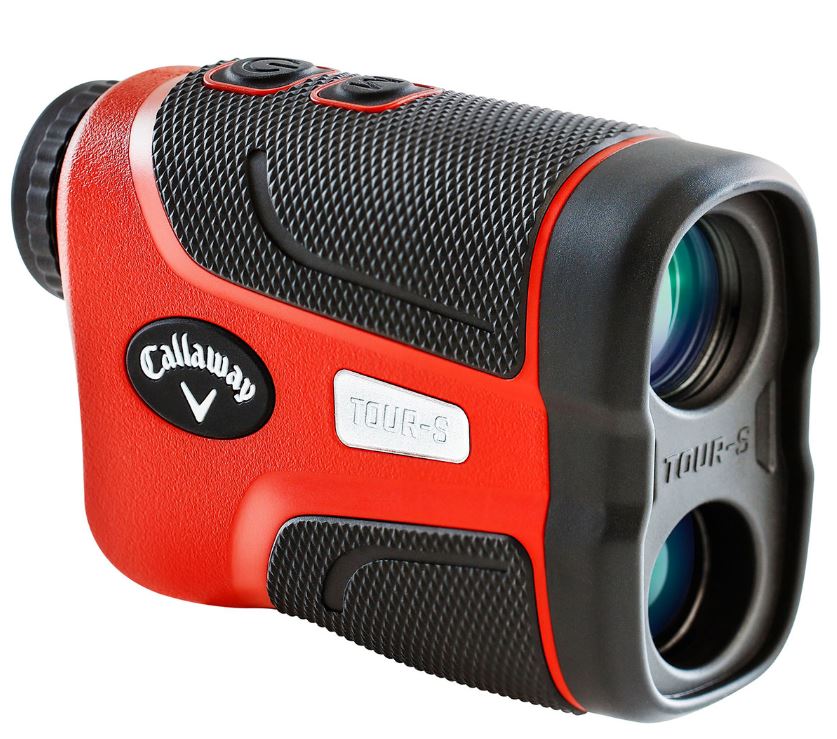
The laser rangefinder is probably the most reliable and accurate rangefinder you can find on the market today. It works be bouncing a laser off a target, the flag, and then seeing how long it takes for the laser to travel to and from the flag to give you a distance.
There are laser rangefinders to suit all budgets and some come covering greater distances and with additional features like pin lock with vibration, steady hand mode and much more.
The GPS Rangefinder
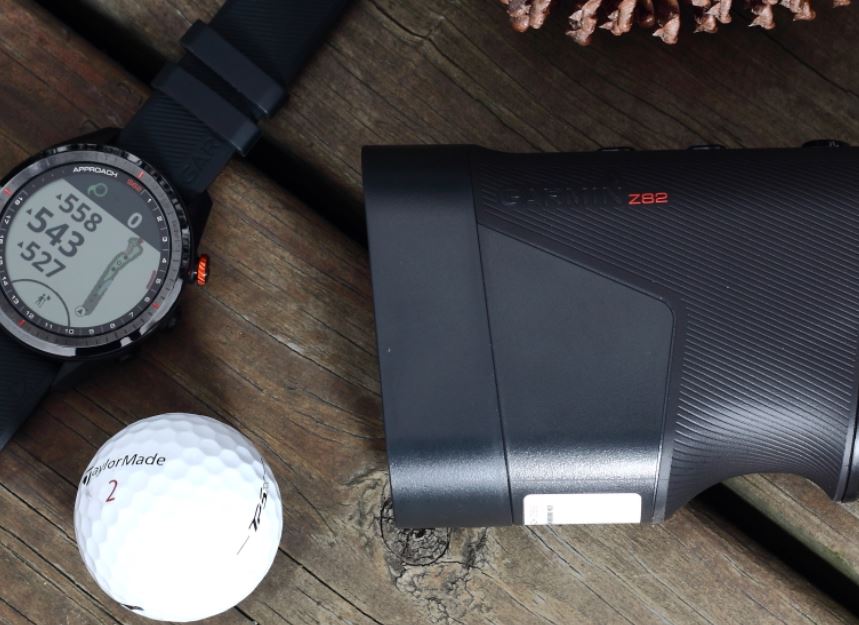
A rangefinder that relies on satellites and shows you the distances to any spot on the course on a user interface. These often come as a laser rangefinder and GPS rangefinder in one and are mainly the most expensive option on offer.
The GPS Watch
A watch that can be used for just the course or for all the time, again relying on satelites to compute the distance between you and the flag. These devices start at around $100 and go all the up to $500 depeding on what king of features you are looking for.
The GPS Device
Just like the watch except this will just clip onto your belt, bag or golf cart or just go inside your pocket. Again these can have colour touchscreens or just black and white screens with distances to the front middle and back of the green depending on the level of simplicity and budget you have available
Your Smart Phone Or Smart Watch
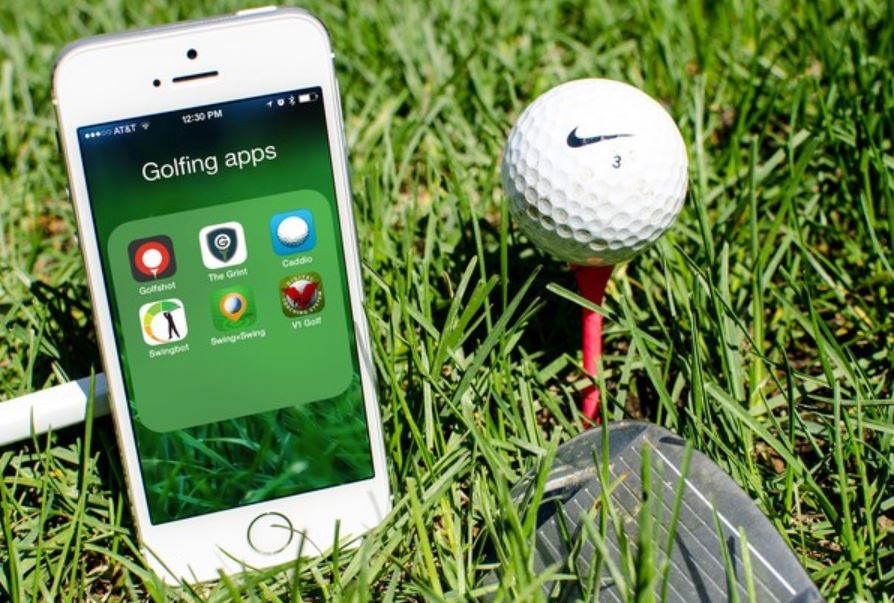
You can now even download free and paid apps for your android or apple phones and watches and these apps keep getting better and better and offering more features every year.
Conclusion
Whatever option you choose, knowing the distance you hit each club and how far you are away from the fairway or green is a crucial aspect to improving at the game.
While the optical rangefinder may have become obsolete, there are plenty of ways to accurate distances to any target in golf today and you can even get some for free on your phone.

